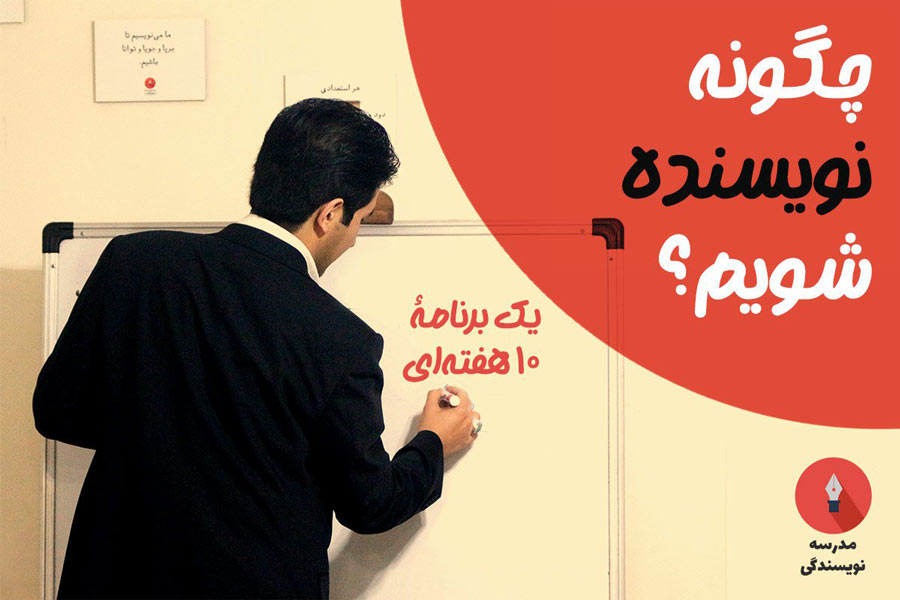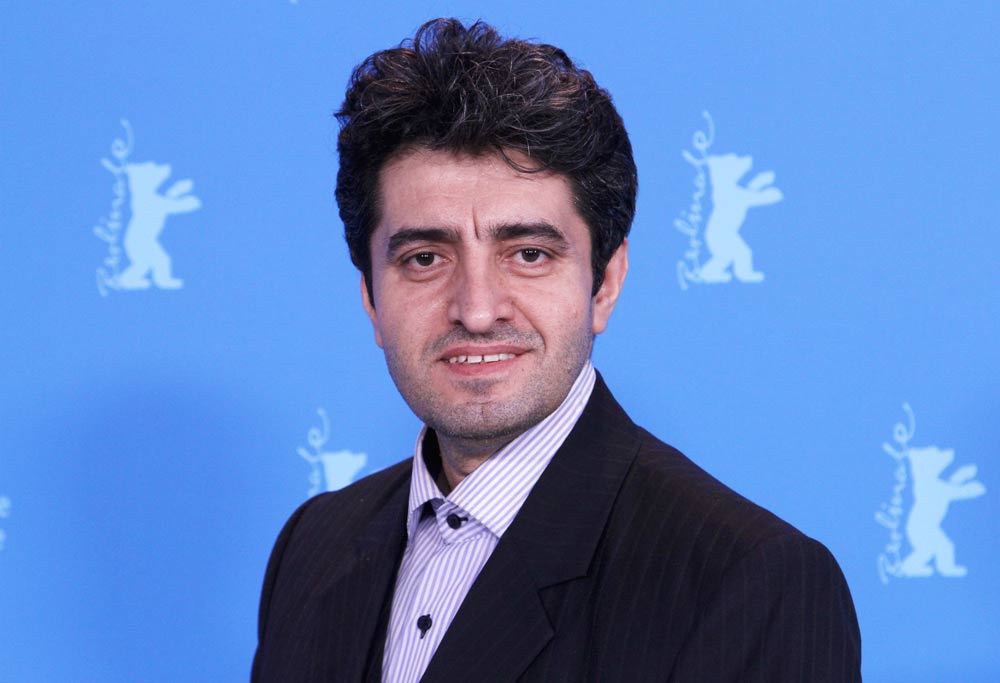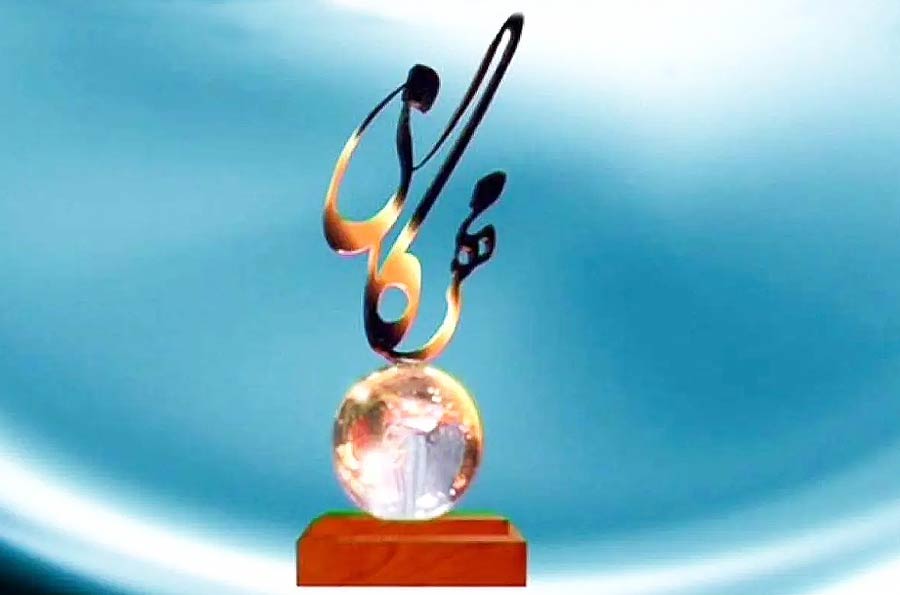The most important attribute of an artist according to Master Gholamhossein Amirkhani

Master Gholamhossein Amirkhani said about greatest quality of a calligrapher: Purity is most important quality of an artist. Because if an artist has shortcomings in terms of technique, being pure in terms of personality gives his art a charm that is charming.
According to Artmag.ir, Mohsen Daneshgar Nezhad, reporter of the Courtesy and Art supplement of Ettelaat newspaper, had a conversation with the prominent figure in the field of calligraphy and ethics, Master Gholamhossein Amirkhani, text of which is as follows:
Master Amirkhani; Thank you for opportunity you gave us, as you mentioned, art of contemporary calligraphy is witnessing trends in Safavid writing to Qajar writing or even combined writing. As a first question, what is your opinion on this topic and do you approve of these trends?
A general answer to the question you raised is:
I don’t want to serve as a hermit or sell liquor
Whoever pleases you, be smart in his service
Master, let’s look at this question from a technical point of view.
From a technical point of view, an expert meeting is required, in which four prominent expert masters are present and the images of the lines are displayed on the screen, in order to carefully and consider the various aspects and aspects and the obvious and hidden angles in answering this question. . But from the general point of view, this question is like asking whether the Khorasani style or the Iraqi style is better in Persian literature. Is “Boy Joy Moulian Aid Hami” Rudaki, the first master of poetry and speaker of Khorasani style, better or the poems of Saadi and Hafez, who are prominent representatives of the Iraqi style? None of these questions are better or worse in a short answer.
It is the best that has presented the most excellent moments in its style in the softest and sweetest and best proportions throughout the thousand years of poetry history. Whichever one has done better. Otherwise, style alone is not the answer to this detailed, multi-layered and multi-faceted question. You and I have verses in our minds in the words of Master of Tous (Ferdowsi), who is a Khorasani style speaker, that we are fond of. for example:
We all hunt before death
The head under the crown and the head under the crack
The world is full of wisdom and lessons
Why is our benefit all negligence?
These verses in the Khorasani style by master of speech, Ferdowsi are at the top of our literary history for a thousand years.
Are the works of the greats like Sana’i, Attar, Iraqi and later until Hafez and Saadi, who have achieved this position, better or for example the works of Nizami Ganjavi
?… The answer is none.
Teacher, do you mean that every flower has a smell?
Of course, every flower has a smell, but any style that is more ambitious and more complete, that is more pleasant and is the eternal version of humanity, is better.
All your examples were in the field of poetry and literature. Please give examples of the masters of calligraphy art for our readers.
The great master of calligraphy like Mir Ali Heravi, who was before Safavid, has works that are unique. It is very valuable for us with that historical background.
Any work that connects us to history and human thought and how the ascension to the top was done.
Some of the works are in the form of foundations, without which the floors that reach the sky could not exist. In this sense, these works last.
I will give an example from the world of sports that has objectivity. A Russian high jump champion with a jump of 2 meters and 32 centimeters, he was the owner of the world championship record in this discipline, and he jumped over the hurdle with his stomach and chest, and this was his jumping style.
An American high jump champion jumped over the hurdle on his back and improved the record to 2 meters and 42 centimeters.
However, two meters and forty-two centimeters is more than two meters and thirty-two centimeters. Now it can be any way it wants. Any style that brings us to that perfection and that exalted position for which we have striven is beautiful.
What do you think of influence of Mirza Gholamreza Esfahani on the art of contemporary calligraphy?
The special privilege of Mirza Gholamreza Esfahani is that he added something to the historical art of Nastaliq calligraphy, which extended from Mir Ali Heravi to Mir Emad and other masters to Mirza Mohammad Reza Kalhor, and the calligraphers were also fond of it, and that was that in inscription writing, Opened a new page.
In the contemporary period, with the construction of large halls and grand mansions, the need of the time demanded that we grow it, and this caused inscription writing to find a new position and works of art became common in large halls. Mirza Gholamreza was the answer of his time.
Is it the answer of our time?
Yes, we experience wider perspectives on the shoulders of these elders. Each of the special advantages of calligraphy, such as being firm, smooth and shiny, having a soul, having a more beautiful and original composition, being suitable for inscriptions in mansions and museums, being suitable for calligraphy or piece writing, have representatives who They respond to these needs in the best way.
As we have Hafez in Ghazal, Khaqani in ode and Saadi in eloquence.
What is the influence of Mirza Mohammadreza Kalhor on contemporary calligraphy? Does Kahler’s style still cast a shadow on contemporary calligraphy?
There are some things in the aesthetics of art whose combination is perfect. For example, consider a face where all the components of the face alone have the beauty of the Timurid, Safavid or contemporary miniatures. But its combination is not perfect in that face. The eyes, nose, ears, and other organs, while beautiful, should not be in harmony.
That face lacks beauty. Because it lacks coordination. Harmony means balance. In the world of calligraphy, it can be said that this balance is less in ancient calligraphy.
The power of the pen is greater. Place a piece of contemporary calligraphy and a piece of ancient calligraphy in front of you and see which one is more balanced.
For example, we have a first-rate master like “Mir Hossein Turk” whose handwriting is bigger than his pen’s tongue and has a filling. Mirza Gholamreza’s line also has content.
Do you know this stuffing as one of the disadvantages of the line?
Do not use the word disadvantages and do not speak in this language. Let’s say the balance is less. The circles of Mirza Gholamreza are bigger than the tongue of his pen. As soon as your eyes fall on a circle in the Nastaliq line.
Of course, we use the word circle with tolerance, while the shape of an oval should be evoked in your mind. In the case of Mirza Gholamreza’s calligraphy, this shape is closer to a circle.
As a student of calligraphy, I say that if we continue the end of the number of the circle in the letter Lam, it should meet the beginning of the letter Lam. But in the line of Mirza Gholamreza, this approach does not exist.
Master, if you allow me, let’s take a little distance from the technical and technical topics of calligraphy and ask what the greatest quality of a calligrapher can be?
Of course, you limited yourself to a brief statement from dozens of hours of conversation about Mirza Gholamreza’s line. In answer to this question, I must say what the most important attribute of an artist, a human being can be.
Purity is the most important attribute of an artist. Because if an artist has some shortcomings in terms of technique, being pure in terms of personality gives his art a charm that is charming.
Express your opinion about Calligram.
Calligram, is a child of its time. In line drawing, positive and negative space is centered in a way.
The better someone can draw, divide and adjust that space and make the audience feel that they are getting closer and closer to nature, it has the same pleasantness and diversity. The words embrace each other in such a way that they complete each other.
Currently, we see that phenomenon of festival writing has become common in country’s calligraphy community. What is difference between a calligrapher who writes in private and a calligrapher who participates in various festivals? Your Highness, which one do you approve?
See, this is not a question of approval or disapproval of me. Consider the person who exercises in his house and the one who walks in the square of his city or the one who steps in the sports field of the country. Compare sitting at home and writing lines with this example that I gave.
Reason gets strength from other reason
Sugar cane is made of sugar cane
In festivals, alligrapher regularly completes his line.
What effect did establishment of Iran Calligraphers Association have on contemporary art of calligraphy?
Before the establishment of Iranian calligraphers’ association, the situation of calligraphy was such that only a limited number of students had access to the personal homes of calligraphers, and not all people had this opportunity. They should have known.
Now compare the line of that time with the line of today. Take a look at the 157 calligraphers who were admitted to the sixth and seventh master’s courses. This success has been achieved under the shadow of these organizations and the careful selection of first-rate professors and the books that were published.
A young man who was talented and had access to an ordinary teacher, by printing the book Moraghae Rangin (Coloring Art Album), which was published by the Iran Calligraphers Association; Mir Imad Qazvini, Mir Ali Heravi, Mirza Mohammadreza Kalhor and Mir Hossein Turk, entered that young man’s house, and talented young people became first class teachers in the cities themselves. His example is Master Mirheyder Mousavi and others like him.











